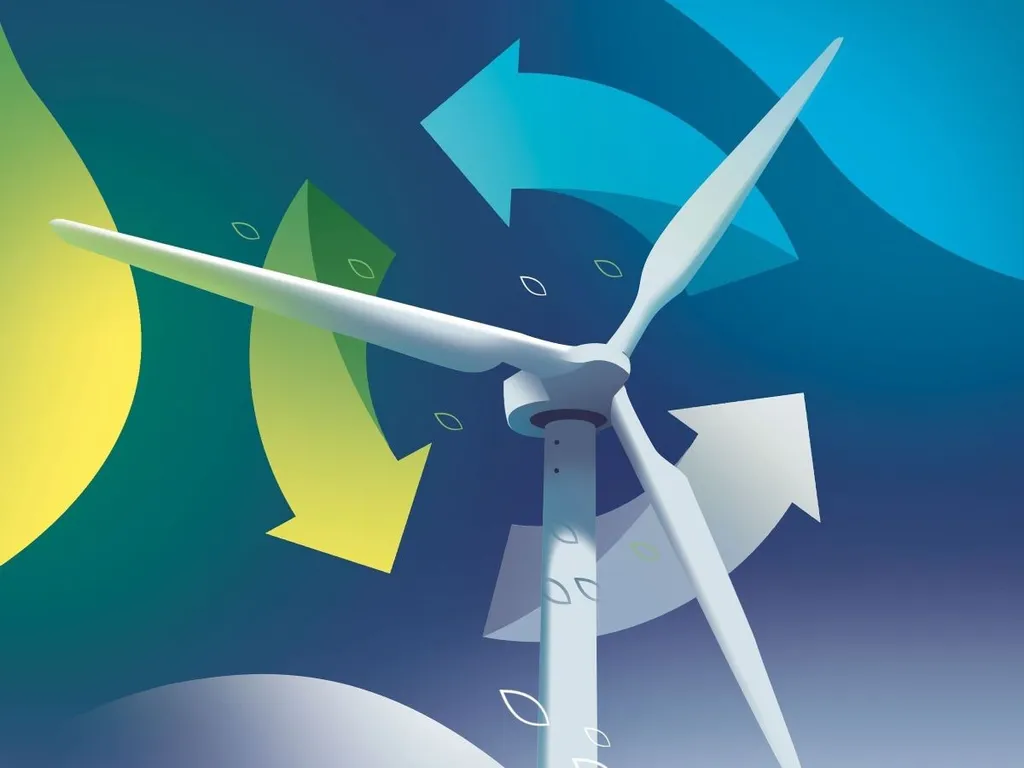In the quest for more efficient and compact cooling technologies, a groundbreaking development has emerged from the labs of Arkema Inc., a global chemical company headquartered in King of Prussia, Pennsylvania. Researchers, led by Guanchun Rui, have engineered a novel polymer that could revolutionize the energy sector by enabling more effective and streamlined cooling devices. The findings, published in a recent issue of ‘Small Science’ (translated from German as ‘Small Science’), open new avenues for innovation in electrocaloric cooling, a technology that promises to be more energy-efficient than traditional methods.
At the heart of this innovation is a dual-functional high-entropy polymer that exhibits remarkable properties under low electric fields. This polymer, poly(vinylidene fluoride-trifluoroethylene-chlorofluoroethylene-double bond) or P(VDF-TrFE-CFE-DB) for short, can generate both a large electrocaloric effect (ECE) and substantial electroactuation. This means it can transfer heat efficiently and also change its shape in response to an electric field, a property known as electroactuation.
The significance of this discovery lies in its potential to create cooling devices that can pump heat without the need for external mechanisms. “This polymer can enable EC cooling devices to have compact designs and enhanced efficiency,” said Guanchun Rui, the lead author of the study. By integrating both high ECE and significant electroactuation, these devices can operate more effectively and with less energy, addressing a critical need in the energy sector.
The polymer’s unique properties stem from its composition and the way it is synthesized. The researchers started with a terpolymer and introduced double bonds through a process called dehydrochlorination. By carefully tuning the composition, they created a tetrapolymer with an optimal double bond content. This composition is near the critical endpoint of a normal ferroelectric phase with a diffused phase transition, resulting in nearly vanishing energy barriers between nonpolar and polar phases. This structural feature is key to the polymer’s strong electrocaloric response and significant electroactuation.
The results are impressive. Under an electric field of 100 MV/m, the P(VDF-TrFE-CFE-DB) tetrapolymer exhibits an electrocaloric entropy change of 100 J/kg/K, comparable to the best electrocaloric polymers currently available. Moreover, it delivers nearly twice the electroactuation of these state-of-the-art materials. This dual functionality at low electric fields is a significant advancement, as it opens the door to more efficient and compact cooling solutions.
The implications for the energy sector are substantial. As the demand for energy-efficient cooling technologies grows, particularly in data centers, electric vehicles, and renewable energy systems, this polymer could play a pivotal role. It could lead to the development of more efficient heat pumps, refrigeration systems, and thermal management solutions, all of which are crucial for reducing energy consumption and carbon emissions.
This research, published in ‘Small Science’, not only presents a new material but also a general strategy for developing electrocaloric materials that combine large electrocaloric effects and electroactuation at low electric fields. As the world continues to seek sustainable and efficient energy solutions, innovations like this one will be instrumental in shaping the future of the energy sector. The work of Guanchun Rui and his team at Arkema Inc. is a testament to the power of materials science in driving technological progress and addressing global challenges.

